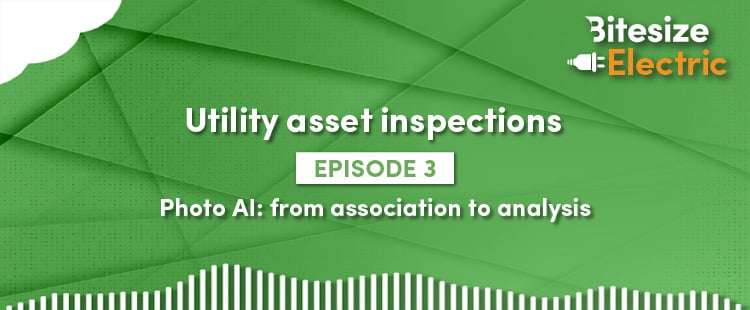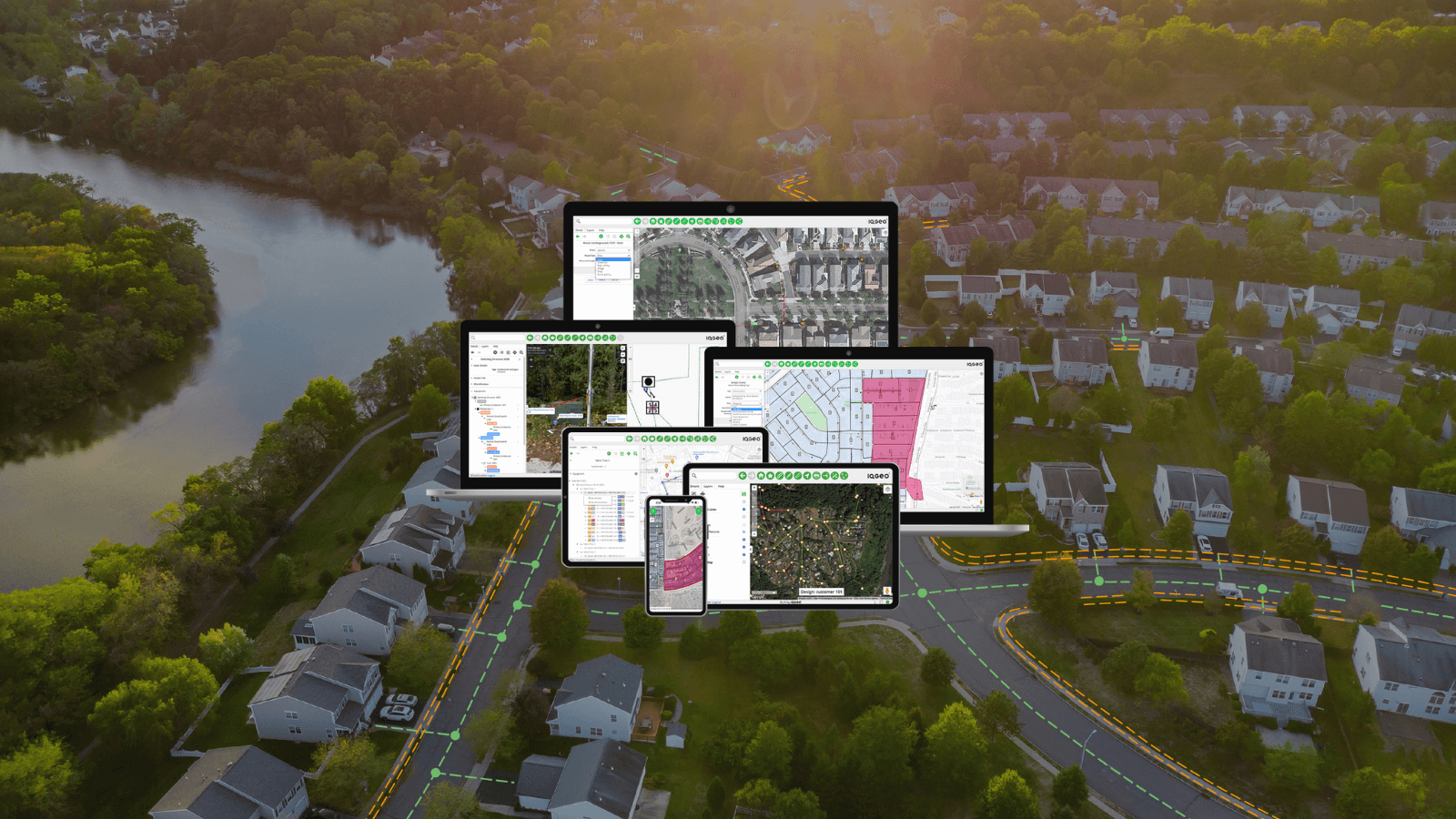Bitesize Fiber: Network operations | Episode 4: Sending out field crews - part 2
Welcome to Bitesize Fiber, the podcast where we explore the real world challenges and smart solutions shaping the future of fiber and telecom, one bite at a time.
In episode 4 of Bitesize Fiber, host Ellie Puls continues the network operations series diving deep into one of the biggest challenges facing the telecom industry today—getting the right data into the hands of technicians before they step foot on site. James Roche and Stefan Schneider unpack the operational inefficiencies caused by siloed data, the pitfalls of over-specialized teams, and why broadening access to information in the field is essential for faster fault resolution and customer satisfaction.
Let's get started...
Bitesize Fiber: Network operations | Episode 4 - part 2 transcript
Ellie Puls:
Welcome to Bitesize Fiber, the podcast where we break down the biggest challenges and best practices shaping the future of fiber and telecom networks, one bite at a time. I'm your host, Ellie Puls, and this is episode 4 in our network operations series.
In this episode, 'Sending out crews - part 2', we're continuing our look at what happens after the truck rolls. We'll explore why access to the right data, tools, and knowledge is crucial in the field and how breaking down specialization silos can make teams faster, more flexible and more effective. Once again, I'm joined by James Roach and Stefan Schneider bringing their real world insights on what it takes to build smart, connected field teams that keep networks running smoothly. Let's dive in.

|

|

|
| Ellie Puls, Product Manager | James Roche, Customer Success Manager | Stefan Schneider, Product Manager |
Ellie Puls:
One more question I wanted to go back to when you were talking about the technicians and, you know, making sure that they have all the information that they need before going out on site. What do you think are some of the gaps that are kind of preventing them from having all the information they need?
James Roche:
I think Stefan kind of stepped on this, this is something that we've got to work with a lot of companies around and that's they have siloed data so they've created a process for a team to look at modems. They've created a process for someone to look at phones or small cells. They've compartmentalized their ability to build data sets. And it's hard then to pull that all into one spot. And what data do you pull into?
I think it's really about educating businesses that your data needs to be more efficiently built so that it can flow easily into a mapping software and give real time data to a technician in the field, or a construction worker in a field, or someone doing work in your field. So that it's available in real-time and not this report for this one specific thing, and this report for this and this report for that.
Can AI do that? Hopefully. But at the end of the day, we've got to teach MSOs and cable operators and telecom operators that how they collect data is just as important as where that data goes.
Stefan Schneider:
Yeah, and who has access to that data. There used to be a joke many years ago that specialization is for ants, and people kind of forgot about that as time went on, people like departments became hyper-specialized. Right, I am the modem tech and I only know modems and I can diagnose, you know, everything down to the modem, you know down to a T. Or, I am the access network tech, I am the distribution network tech, I'm the core network tech and as you start stratifying the network, that becomes much more visible. Even having texts that deal with core network, routing issues versus, customer level routing issues.
Yes, you do need to have different knowledge and engineering departments to be able to support your operations. But for the tech in the field, that knowledge doesn't need to be that particularly specialized if they're just going in to do things, right? So we need to start rethinking more horizontal access to knowledge and with knowledge comes data. These things can be recontextualized for someone that's in the field that's not a specialized worker, right? Because those are rare and hard to find. And be able to basically execute on premise the knowledge that this specialized worker had before.
We can't afford to keep having multiple operations teams with different SLAs and different knowledge levels. We have to start thinking about how do we get to a point where customer faults get resolved so quickly that again, they become invisible.
Ellie Puls:
It's also extremely inefficient to build teams like that. You know, our new networks are changing so drastically. You're always going to be creating that new team and they're going to have access to that knowledge and no one else will. You need a broad knowledge base in your network, operations side so that anybody who's there for the most part can fix any issue.
Stefan Schneider:
Absolutely. And if you think about how we're evolving into software defined networking, the idea of the specialized support team that's like extremely focused on a specific area of the network. That's still necessary in the Network Operations Center and that's still necessary in product support teams, but that doesn't need to be the person that goes out to resolve a fault because a lot of things can now be solved remotely provided that, it's not an infrastructure level fault. That then means that the people who need to deal with the infrastructure level faults need to be much wider in knowledge.
Ellie Puls:
I think as we have more mobile compatible software's where you can do those as-built updates, things will probably get a little bit better to have all the information.
James Roche:
The last key factor in that is, we need to also understand what tools technicians are using for data. Is it a laptop? Is it a phone? Is it a tablet? Because I think those drastically change how they perceive some of the things we're trying to provide. We need to balance what do they need to accomplish and build that into our system so that their tools, or their viewing portal into the network is simplified. It would be easy to go out with a tablet that's protected from weather and everything that you could easily move from your truck, two up in the bucket or on a ladder, or behind some building and have access to everything that we're looking at.
Coming up next: Episode 5 - Use of AI in network operations
Tune in for Part 5, the final episode in our Network Operations series, where we dive into how artificial intelligence is reshaping the telecom industry. We'll explore how AI can streamline field operations, enhance decision-making, and unlock new levels of efficiency across the network.
If your teams are struggling with data silos, disconnected systems, or limited access to critical information in the field, our experts at IQGeo are here to help. Discover how our Integrated Network solution can break down barriers and empower your network operations from the control room to the field.
Similar articles:



 Previous
Previous







